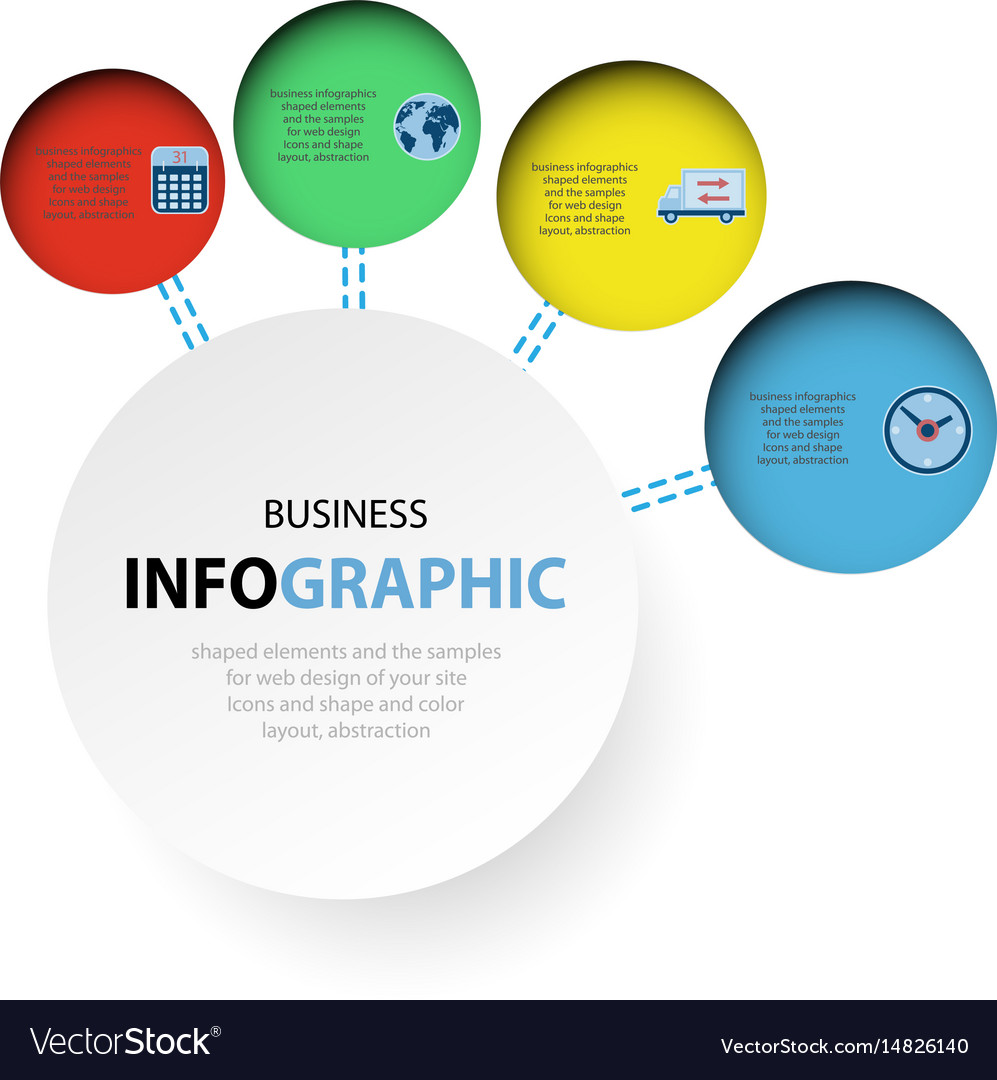The Transformation Of Online Operatings Systems: A Journey Via Time
The Transformation Of Online Operatings Systems: A Journey Via Time
Blog Article
Staff Author-Johansen Bowles
In the past, websites were easy and concentrated on details. Navigation was straight, and design was for desktops. Currently, customer experience is key. Data guides styles for very easy navigating. Responsive formats match various tools. Today, dark mode decreases pressure, and minimal food selections improve navigation. Interactive features engage users, and bold visuals stand apart. AI integration improves involvement. See how design has actually evolved to enhance your online journey.
Very Early Days of Website Design
In the early days of website design, simpleness preponderated. Web sites were standard, with restricted colors, font styles, and designs. The focus got on giving info instead of showy visuals. Customers accessed the web through slow-moving dial-up connections, so speed and performance were vital.
Navigating https://digital-marketing-10109753.thelateblog.com/30385070/discover-the-crucial-tips-that-every-small-company-owner-need-to-recognize-to-boost-their-on-line-existence-and-bring-in-a-larger-customer-base-with-using-regional-seo were straightforward, usually situated at the top or side of the page. Websites were created for computer, as mobile browsing had not been yet prevalent. Content was king, and designers focused on easy readability over intricate style elements.
HTML was the key coding language used, and designers had to function within its restraints. Animations and interactive attributes were minimal contrasted to today's standards. Sites were static, with little vibrant content or customized individual experiences.
Increase of User-Focused Style
With the evolution of website style, a change towards user-focused design concepts has actually come to be increasingly popular. Today, creating sites that prioritize user experience is critical for engaging visitors and achieving service goals. User-focused design involves understanding the demands, choices, and actions of your target audience to customize the site's format, material, and features as necessary.
Developers currently carry out complete study, such as individual studies and usability screening, to collect insights and feedback straight from individuals. This data-driven method assists in producing instinctive navigating, clear calls-to-action, and visually enticing user interfaces that resonate with visitors. By placing the individual at the center of the design procedure, web sites can deliver an extra personalized and pleasurable experience.
Responsive layout has likewise become a vital element of user-focused style, making certain that internet sites are maximized for numerous tools and screen dimensions. https://www.inman.com/2021/09/20/the-5-biggest-website-mistakes-tips-from-our-experts/ improves accessibility and usability, accommodating the diverse means individuals connect with internet sites today. In essence, the surge of user-focused layout symbolizes a change towards developing digital experiences that focus on the demands and expectations of the end customer.
Modern Trends in Website Design
Explore the most recent patterns forming website design today. One noticeable fad is dark mode layout, using a sleek and contemporary look while minimizing eye pressure in low-light settings. One more crucial trend is minimalist navigating, simplifying food selections and boosting individual experience by focusing on essential elements. Incorporating micro-interactions, such as computer animated switches or scrolling results, can produce a more engaging and interactive internet site. Receptive layout continues to be crucial, making certain seamless user experiences across various gadgets. In addition, using vibrant typography and unbalanced layouts can include aesthetic interest and draw attention to particular content.
Incorporating AI technology, like chatbots for consumer assistance or tailored suggestions, enhances user interaction and streamlines procedures. Accessibility has additionally become a substantial trend, with designers focusing on comprehensive style methods to accommodate diverse individual requirements. Accepting sustainability by enhancing site efficiency for rate and efficiency is one more arising trend in web design. Collaborating with user feedback and data analytics to repeat and boost style continuously is essential for remaining relevant in the ever-evolving electronic landscape. By welcoming these contemporary fads, you can create a visually appealing, easy to use site that reverberates with your target market.
Verdict
As you assess the development of web site style from the very early days to currently, you can see just how user-focused style has become the driving force behind modern trends.
Accept the trip of modification and adaptation in web design, always keeping the user experience at the leading edge.
Stay existing with the most up to date fads and technologies, and never quit advancing your approach to develop visually magnificent and straightforward sites.
Evolve, adjust, and produce - the future of web design is in your hands.
